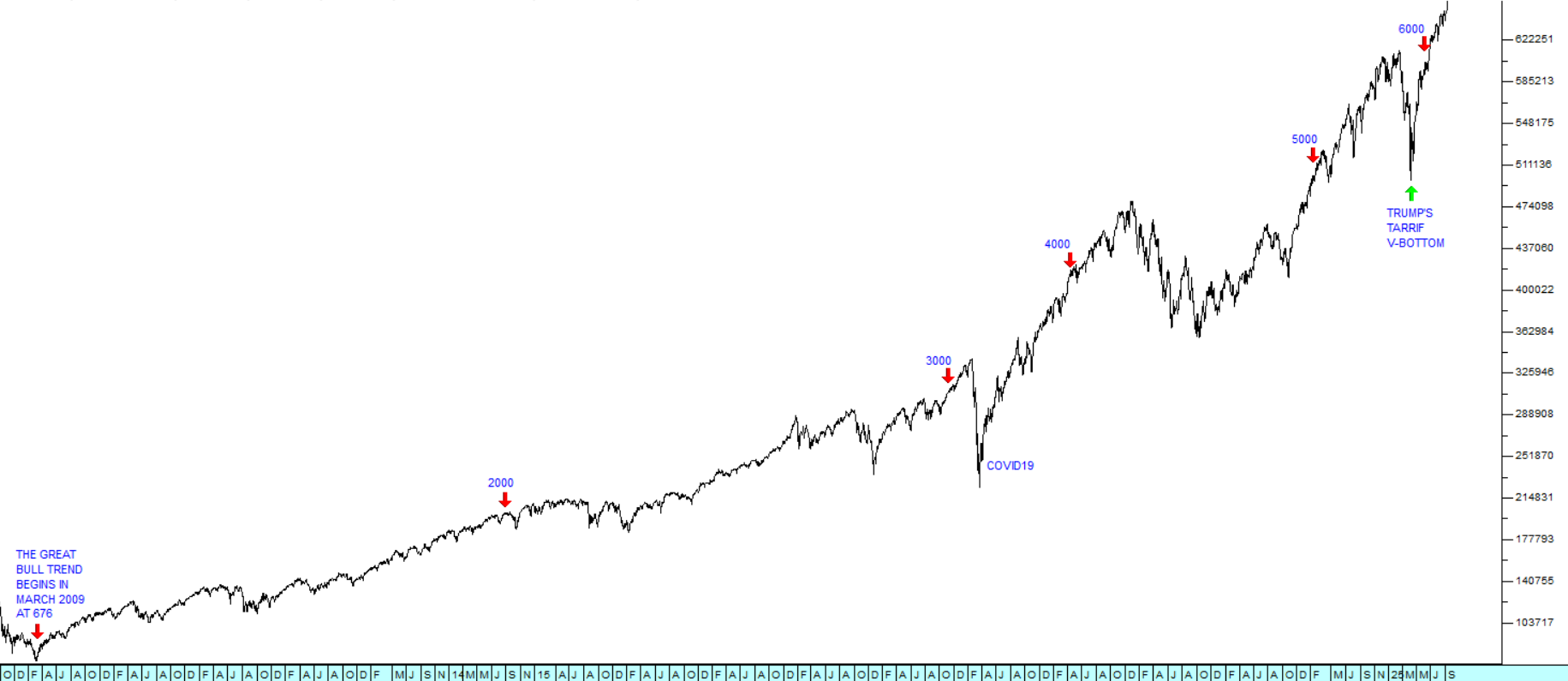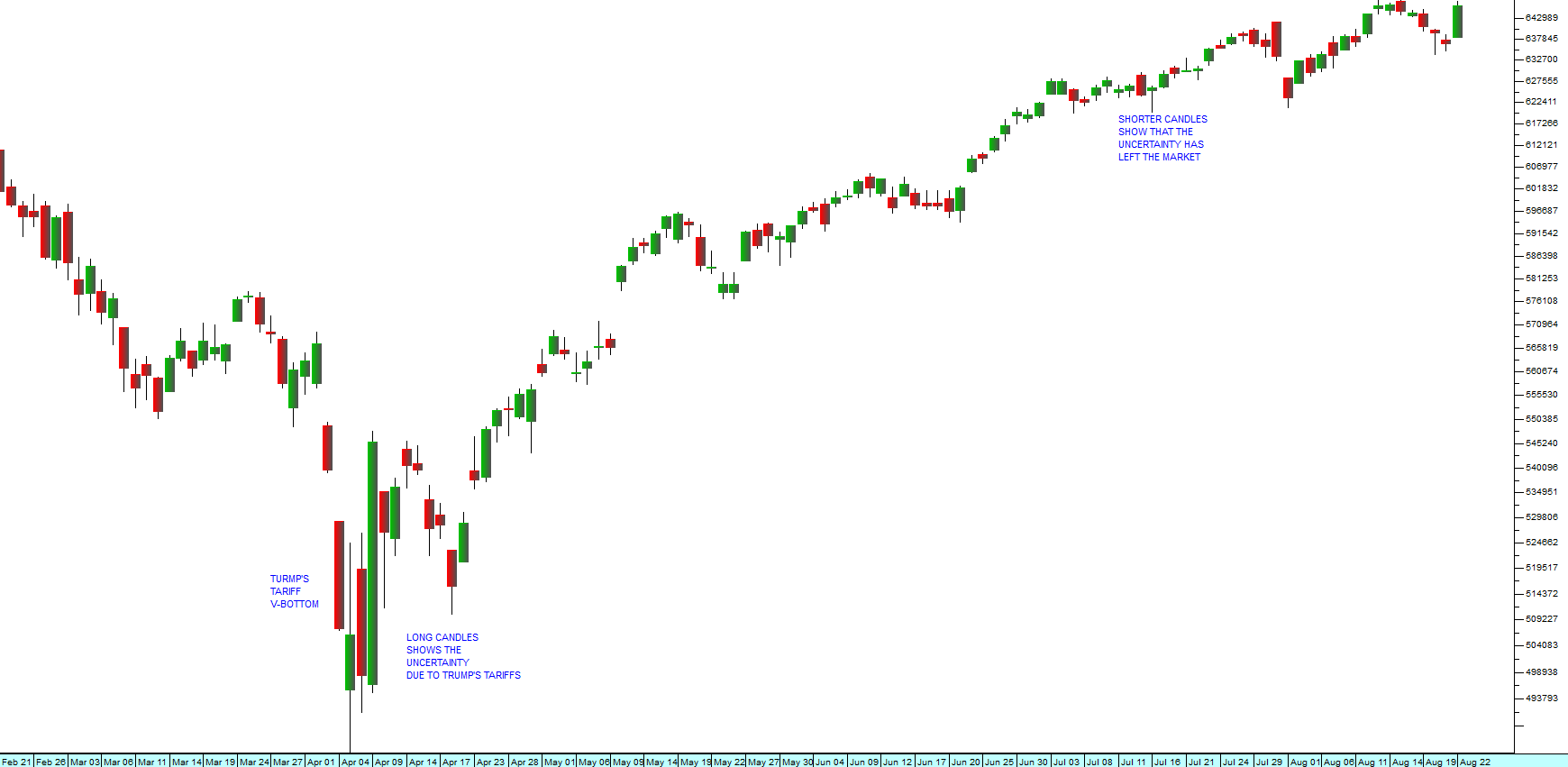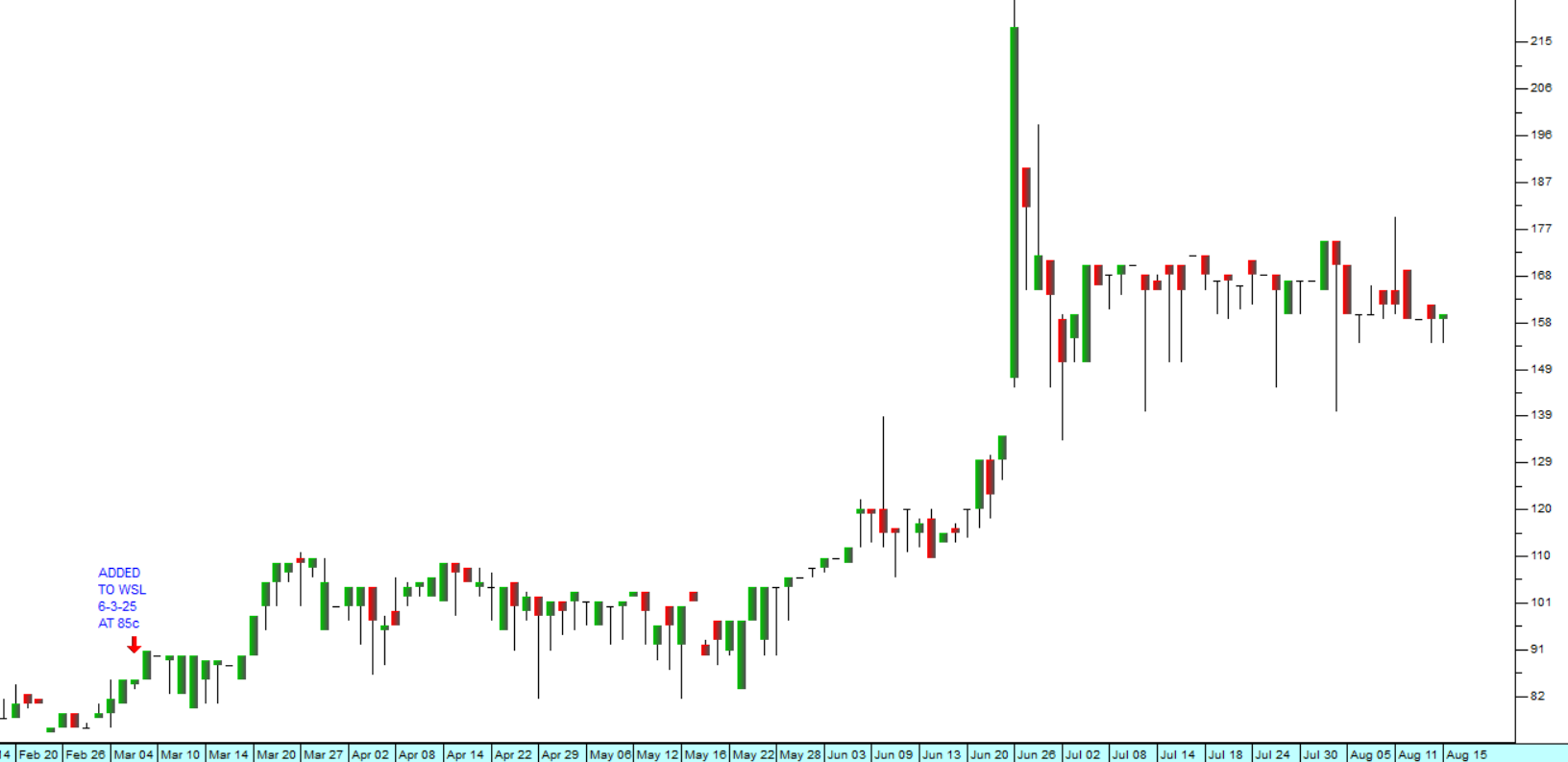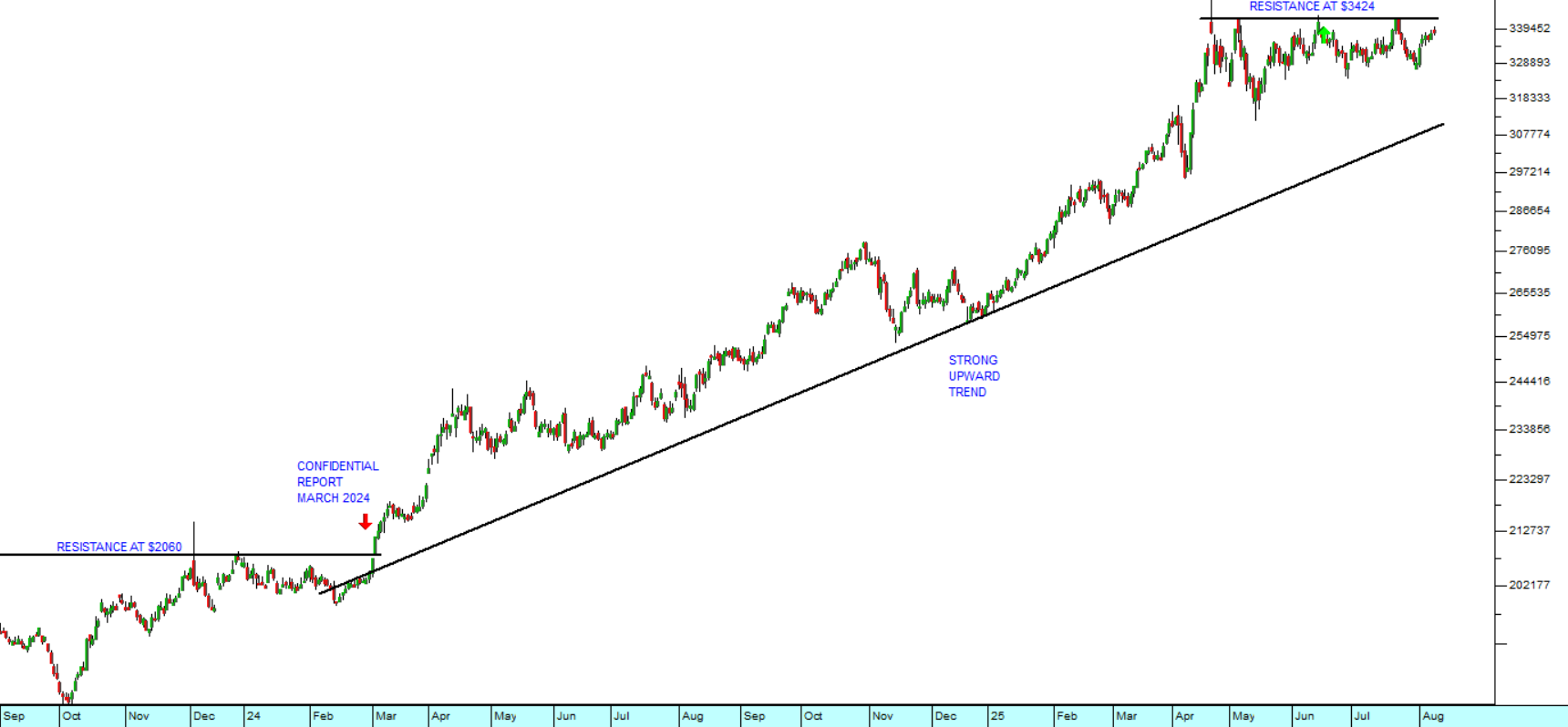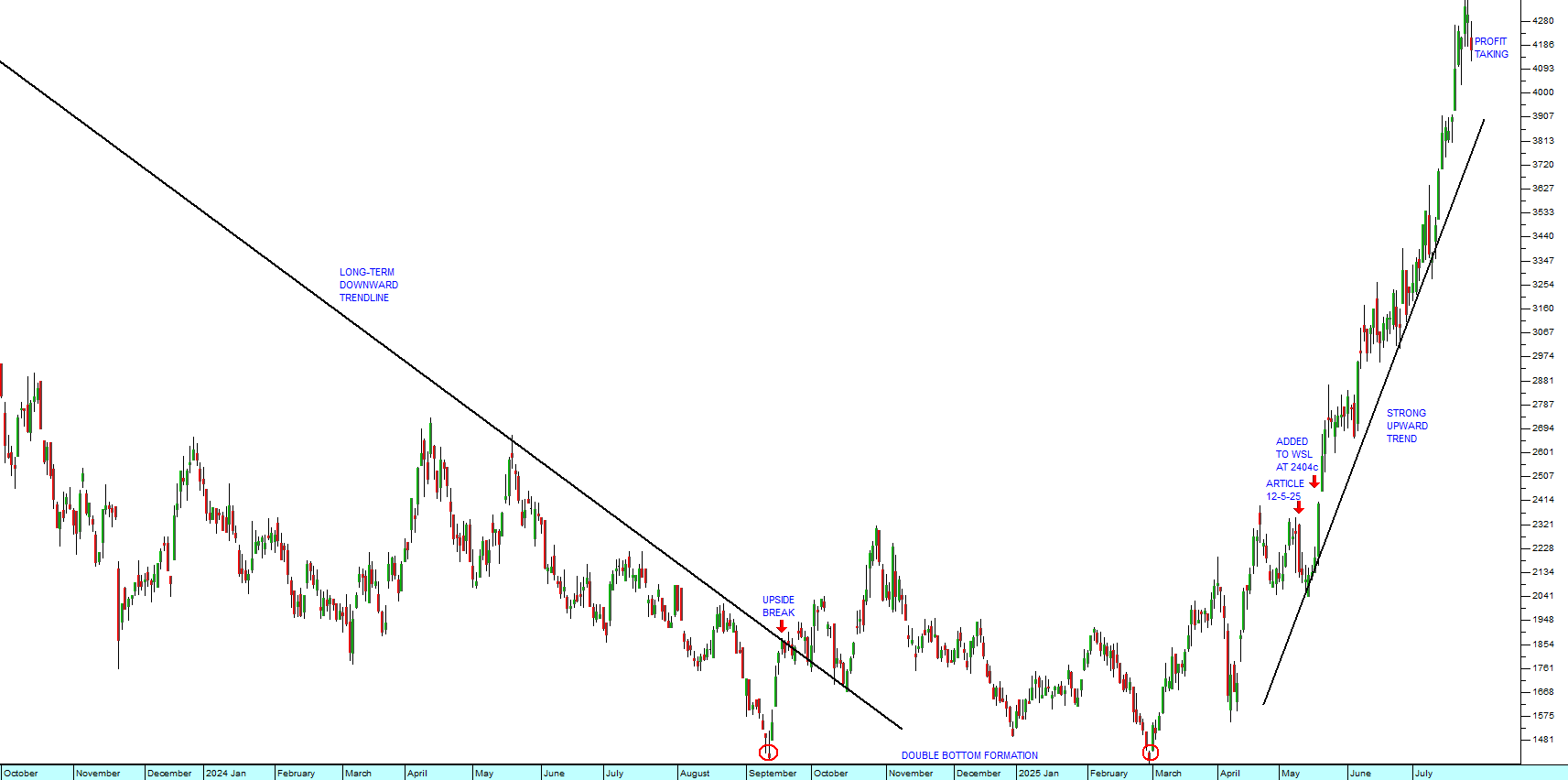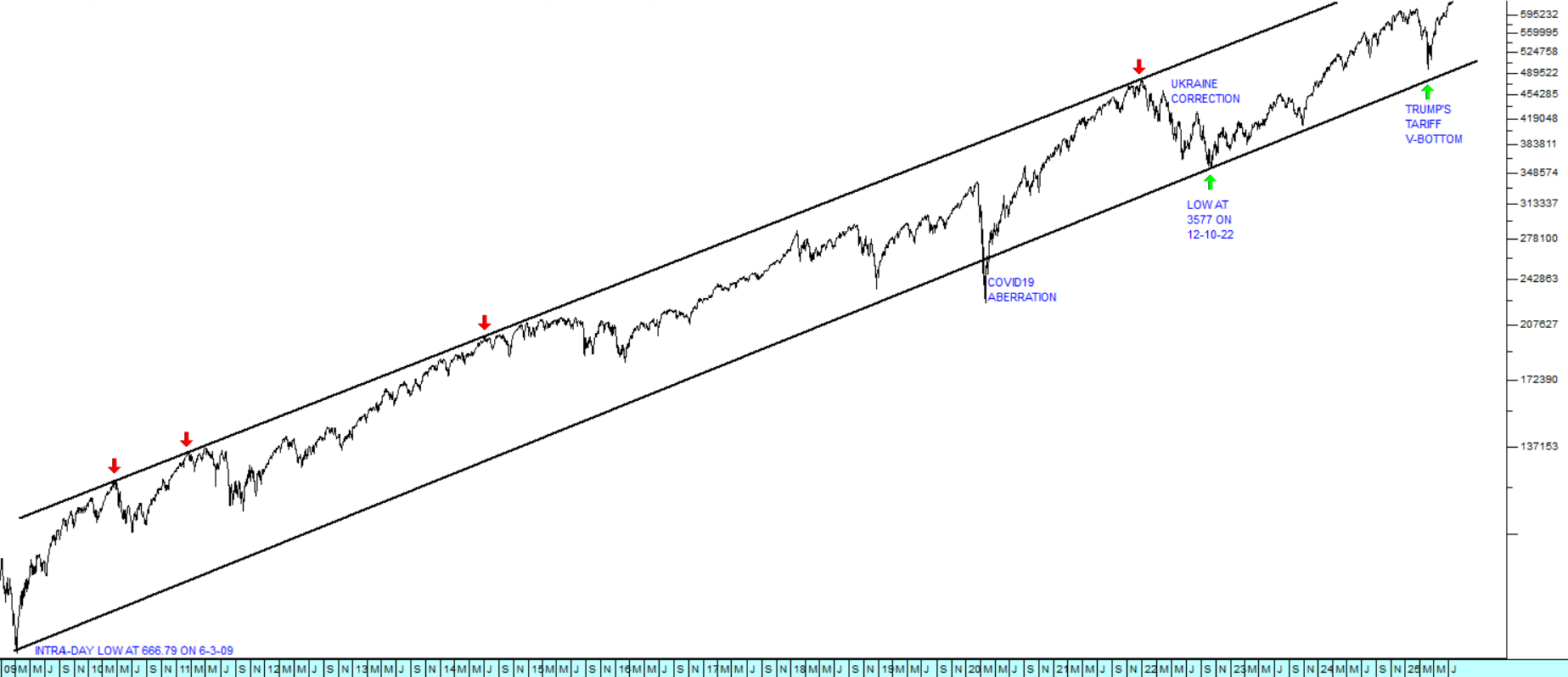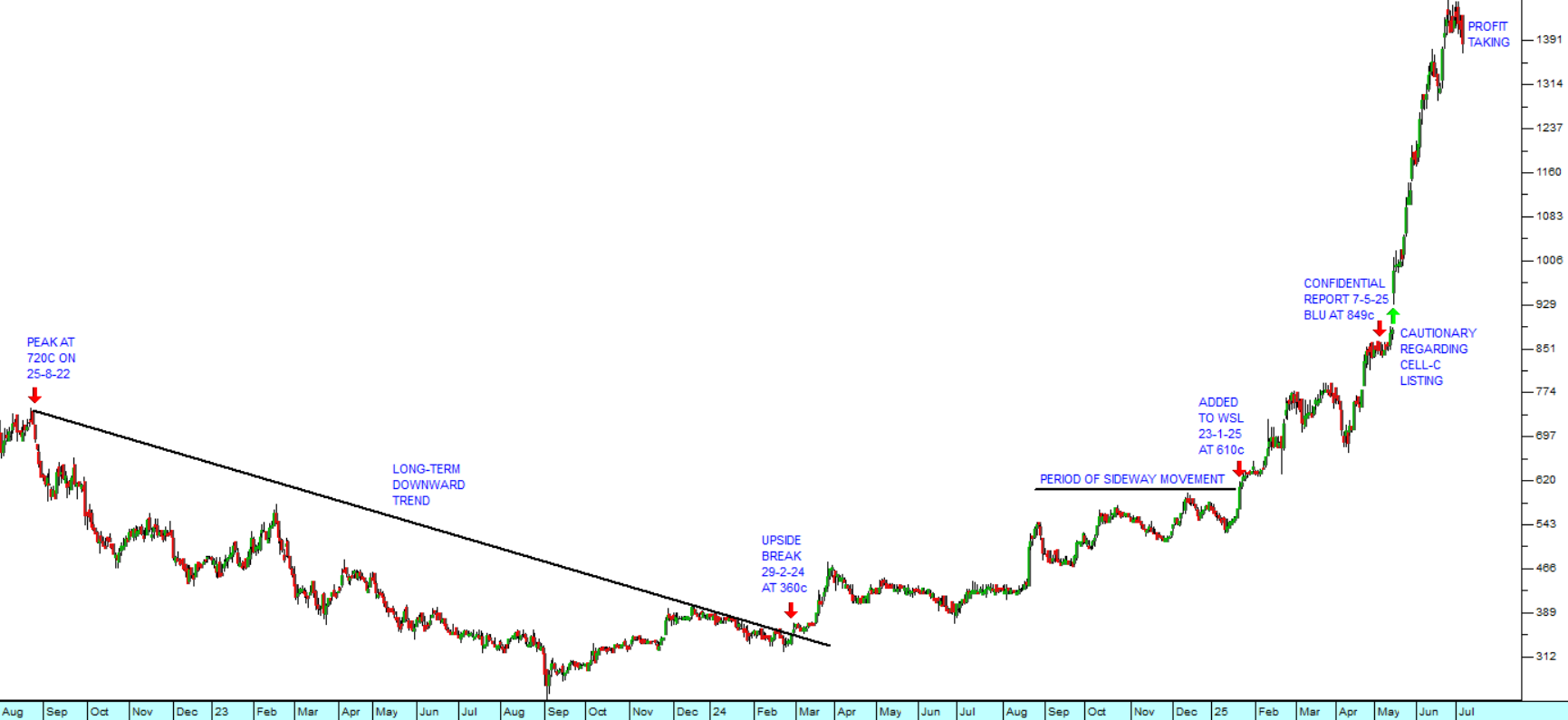The Mid-term Budget
6 November 2023 By PDSNETThe mid-term budget policy statement (MTBPS) is presented to Parliament by the Minister of Finance in late October or early November each year. It provides an updated forecast of how the government plans to proceed financially over the next three years.
Most large companies make regularly updated forecasts of how they see their business performing in the coming months and years. Assembling these forecasts is the job of the cost accountant who gathers the forecasts of the various departments and consolidates them.
However, experienced cost accountants will tell you that the one thing you always know for certain about a forecast, once it is done, is that it will definitely be wrong. This is because forecasting the future is extremely difficult to do. It is often based on a series of management “thumb-sucks” about what sales and expenses might be.
Once a forecast has been made, every month the cost accountant must explain to the board of directors exactly why it is wrong - in great detail. The differences between what actually happened and what was forecast to happen are called variances and “variance analysis” can be very complex in a large manufacturing company with many products.
That might lead you to ask the question, “Why do big businesses, or indeed the government, bother with this expensive and time-consuming activity?” The reason is that predicting the future for any large organization is a management discipline and like all planning it helps leaders to visualize the future more accurately – and then hopefully to prepare for it. So, the Minister of Finance and his department laboriously produce two budgets each year – the main budget in February and then a mid-term budget at the end of October.
The MTBPS strives to answer some important questions – like how much our expenses will exceed our incomes and then how we will finance the resulting deficit. Of course, we do not want the deficit to become too large because the bigger it gets, the greater the percentage of our tax revenue will go on just paying the interest on that debt. The more interest we have to pay, the less money is available for other costs – like the social relief of distress grant and the civil service pay hike.
Of course, a government’s income consists mostly of the taxes that it collects from companies and individuals. In South Africa’s case, because we are primarily a producer of raw materials, much of our company tax comes from the mines – and that, in turn depends on the prices they can get for commodities such as platinum, palladium, coal, iron, chrome and a multitude of other minerals.
A major problem in this year’s mid-term budget was that the forecast that we made six months ago of how much tax revenue would be collected was hopelessly optimistic. Actual tax revenue was about R56,8bn less than was forecast. This substantial drop in revenue has forced the Minister to engage in a cost-cutting exercise in terms of which he hopes to reduce government spending by R213bn over the next four years.
The tax shortfall has also resulted in increased government borrowing. The deficit is now expected to reach 4,9% of gross domestic product (GDP) – much more than the 4% that was predicted in February’s budget. This is important because interest rates are at high levels in South Africa right now. This means that the interest which the government will have to pay on their debt will reach almost 20% of the tax revenue which is collected. In other words, about R1 out of every R5 collected in tax will go just to pay the interest on the government’s debt– and that means that there will be less money for other things.
So how does all this affect us as private investors?
It means that we may well have to face a tax increase in February next year to enable government to keep the deficit to manageable levels. That tax increase will probably take the form of an increase in value-added tax (VAT) by as much as 2%. It also means that the government cannot now afford to spend money on any further social spending in the run-up to next year’s general election – and that will probably have a negative impact on the ANC’s result as the ruling party.
The Finance Ministry estimated that the economy would grow by just 0,8% this year, 1% next year and 1,8% in 2025. These estimates are much lower than their previous estimates and show that they do not expect the economy to improve any time soon. This means that the profits of listed companies will generally be lower and that will impact their share prices.
In our experience, however, the budget, which has dominated the financial news for at least the past two weeks, does not have much immediate or direct impact on the share market. From the shareholder’s perspective it has only long-term significance – if it has significance at all.
So, the sudden strength in the rand over the past ten days is nothing to do with the MTBPS – or even anything to do with the South African economy. It is, in fact, a result of the international smart money understanding that the cyclical downtrend on the S&P500 was over resulting in shift back towards “risk-on”. This in turn means that emerging market currencies, and especially the rand were once again in favour.
The rand began to strengthen on 26th October 2023, while the S&P turned up two days later on 30th October – showing that the rand/US dollar exchange rate is quite a good short-term leading indicator of what will happen on Wall Street.
The sudden jump in the JSE Overall index came a few days later as local investors began to see that it was oversold – at least in the short term.
You can follow the minute-to-minute progress of the rand at: https://www.forexforecasts.co.za/resources/live-charts/
DISCLAIMER
All information and data contained within the PDSnet Articles is for informational purposes only. PDSnet makes no representations as to the accuracy, completeness, suitability, or validity, of any information, and shall not be liable for any errors, omissions, or any losses, injuries, or damages arising from its display or use. Information in the PDSnet Articles are based on the author’s opinion and experience and should not be considered professional financial investment advice. The ideas and strategies should never be used without first assessing your own personal and financial situation, or without consulting a financial professional. Thoughts and opinions will also change from time to time as more information is accumulated. PDSnet reserves the right to delete any comment or opinion for any reason.
Share this article:
